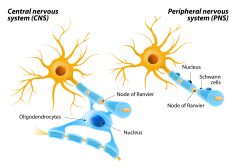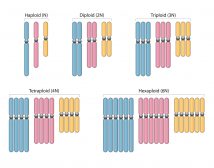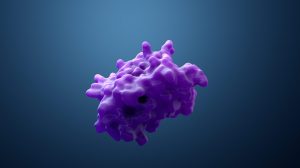Definition
Noun
A gram-negative saprophytic bacterium found normally in the nasopharynx, mouth and upper respiratory tracts in humans.
Supplement
Neisseria flavescens has been found in the epidemic outbreak of meningitis and as a hybrid organism characterized both commensal and pathogenic species. It is pigmented and produce polysaccharide from sucrose which is vulnerable to colistin. It is among the commensal flora of human respiratory tract that rarely cause infections.
Neisseria flavescens has been an uncommon pathogen in human infections like empyema and pneumonia. Infection from this bacterium manifested with sticky pus, high fever and aggravating dyspnea. It is chromogenic and normally non-pathogenic.
Neisseria flavescens rarely implicated in pulmonary infection, meningitis and as causative agent of endocarditis.
Scientific classification:
Kingdom: Bacteria
Phylum: Proteobacteria
Class: Betaproteobacteria
Order: Neisseriales
Family: Neisseriaceae
Genus: Neisseria
Species: Neisseria flavescens
See also:
• Bacteria
• Meningitis
• Endocarditis
Dictionary > Neisseria flavescens
You will also like...

The Central Nervous System
Myelin sheath is essential for a faster conductivity of signals. Know more about this feature of some neurons in the Cen..

Population Regulation in an Ecosystem
With regard to the population size of a species and what factors may affect them, two factors have been defined. They ar..

Adaptation Tutorial
Adaptation, in biology and ecology, refers to the process or trait through which organisms or the populations in a habit..

Polyploidy
Humans are diploid creatures. This means that for every chromosome in the body, there is another one to match it. Howeve..

Protein Variety
The sequence of amino acids determines the type of protein. Protein is synthesized according to the sequence of nucleoti..

Mātauranga Māori and Science
Mātauranga Māori is the living knowledge system of the indigenous people of New Zealand, including the relationships t..

